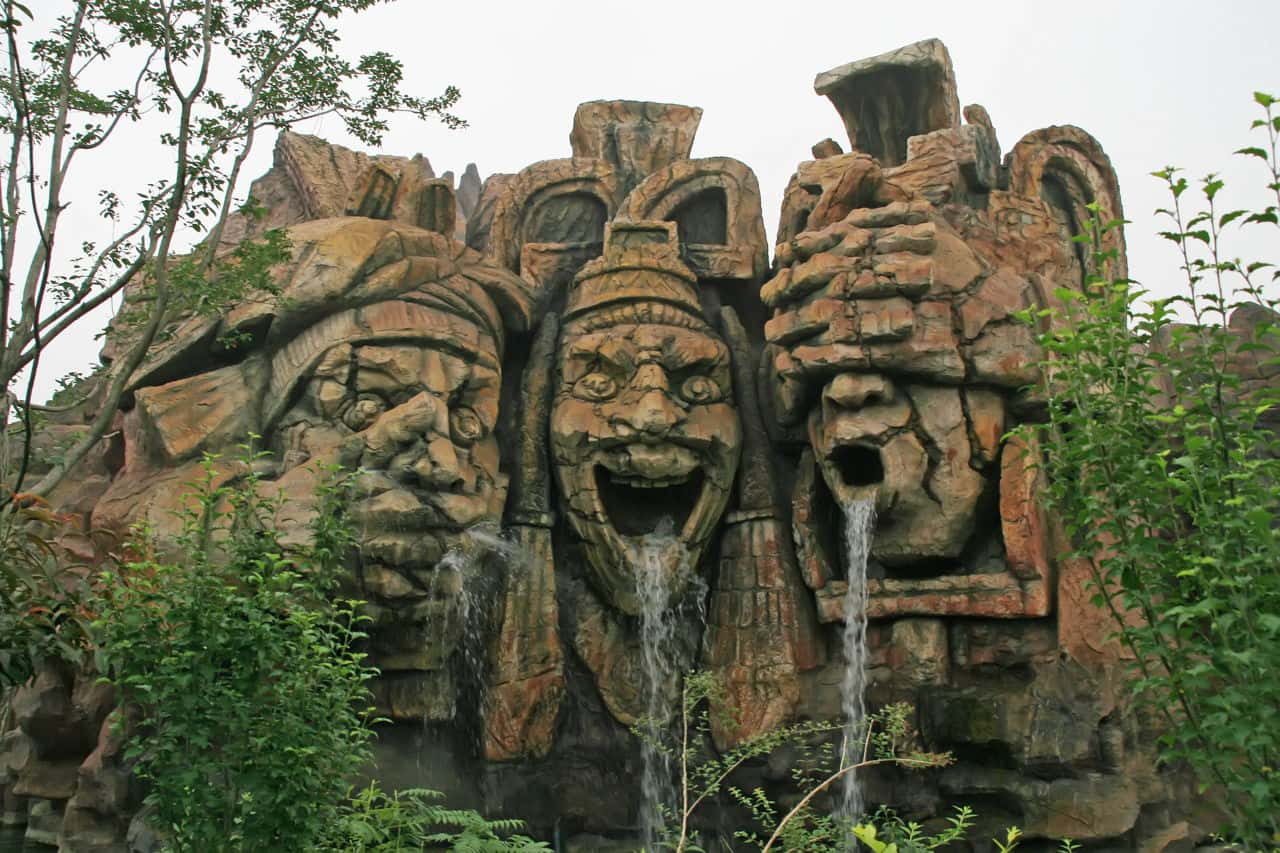

Guided by their religious ritual, the Maya also made significant advances in mathematics and astronomy, including the use of the zero and the development of complex calendar systems like the Calendar Round, based on 365 days, and later, the Long Count Calendar, designed to last over 5,000 years.

These structures have earned the Maya their reputation as the great artists of Mesoamerica. The Classic Maya built many of their temples and palaces in a stepped pyramid shape, decorating them with elaborate reliefs and inscriptions. They were thought to serve as mediators between the gods and people on earth, and performed the elaborate religious ceremonies and rituals so important to the Maya culture. At the top of Maya society were the kings, or “kuhul ajaw” (holy lords), who claimed to be related to gods and followed a hereditary succession. The Maya were deeply religious, and worshiped various gods related to nature, including the gods of the sun, the moon, rain and corn. Though the Maya practiced a primitive type of “slash-and-burn” agriculture, they also displayed evidence of more advanced farming methods, such as irrigation and terracing. Maya cities were surrounded and supported by a large population of farmers. At its peak, the Maya population may have reached 2,000,000 or as many as 10,000,000.Įxcavations of Maya sites have unearthed plazas, palaces, temples and pyramids, as well as courts for playing the famous Maya ball game ulama, all ritually and politically significant to Maya culture. Classic Maya civilization grew to some 40 cities, including Tikal, Uaxactún, Copán, Bonampak, Dos Pilas, Calakmul, Palenque and Río Bec each city held a population of between 5,000 and 50,000 people. 250, was the golden age of the Maya Empire. The Classic Period, which began around A.D. Its size dwarfed the Classic Maya capital of Tikal, and its existence proves that the Maya flourished centuries before the Classic Period. The Late Preclassic city of Mirador, in the northern Peten, was one of the greatest cities ever built in the pre-Columbian Americas.

In addition to agriculture, the Preclassic Maya also displayed more advanced cultural traits like pyramid-building, city construction and the inscribing of stone monuments. Like other Mesamerican peoples, such as the Zapotec, Totonac, Teotihuacán and Aztec, the Maya derived a number of religious and cultural traits-as well as their number system and their famous calendar-from the Olmec. The Middle Preclassic Period also saw the rise of the first major Mesoamerican civilization, the Olmecs. During the Middle Preclassic Period, which lasted until about 300 B.C., Maya farmers began to expand their presence both in the highland and lowland regions.
/low-angle-view-of-mayan-pyramid-against-sky-888274584-5c45502946e0fb00015f58db.jpg)
The earliest Maya were agricultural, growing crops such as corn (maize), beans, squash and cassava (manioc). The earliest Maya settlements date to around 1800 B.C., or the beginning of what is called the Preclassic or Formative Period. 250 to 900), and built the great stone cities and monuments that have fascinated explorers and scholars of the region to this day. Most famously, the Maya of the southern lowland region reached their peak during the Classic Period of Maya civilization (A.D. Within that expanse, the Maya lived in three separate sub-areas with distinct environmental and cultural differences: the northern Maya lowlands on the Yucatan Peninsula the southern lowlands in the Peten district of northern Guatemala and adjacent portions of Mexico, Belize and western Honduras and the southern Maya highlands, in the mountainous region of southern Guatemala. In modern-day Mexico and Central America, around 5 million people speak some 70 Maya languages most of them are bilingual in Spanish. This concentration showed that the Maya remained relatively secure from invasion by other Mesoamerican peoples.ĭid you know? Among the earliest Maya a single language existed, but by the Preclassic Period a great linguistic diversity developed among the various Maya peoples. Unlike other scattered Indigenous populations of Mesoamerica, the Maya were centered in one geographical block covering all of the Yucatan Peninsula and modern-day Guatemala Belize and parts of the Mexican states of Tabasco and Chiapas and the western part of Honduras and El Salvador.


 0 kommentar(er)
0 kommentar(er)
